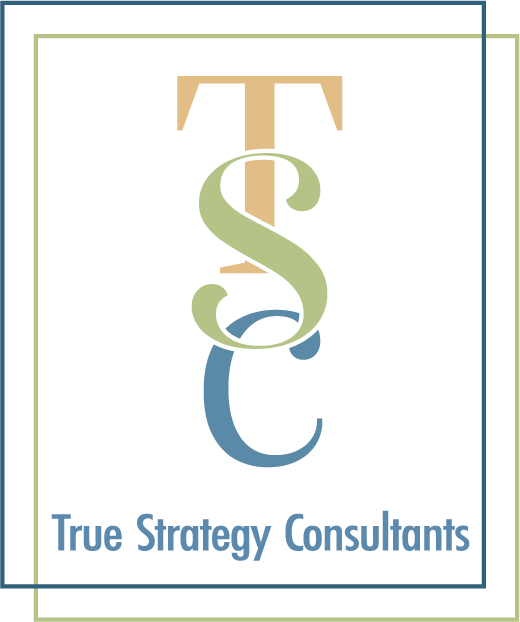So, there are two changes in Secure 2.0 relating to Roth contributions that I will cover.
First effective January 1, 2024, it will be required for all catch-up contributions to be Roth for participants who earn more than $145,000 per year. In my opinion this will be very difficult for plan sponsors to administer…and they need the help of both their payroll provider and the plan recordkeeper to help monitor this requirement. So how should (and will) plan sponsors handle this if the effective date remains as 1/1/2024? Will they just remove catch up contributions from the plan until more guidance is issued? Will plan sponsors need to manually monitor this provision (which we know will lead to mistakes)?
Another concern with this provision is for small employers where the owners get a K-1…we often don’t know their earned income until the year is over and the tax returns are done. How will we know where their salary level ends up and whether the catch up needs to be Roth or not? I know that the ARA (American Retirement Association) is pushing for a delay in implementing this change…so hopefully that may happen!
The second Roth change that is potentially coming is that Employer contributions to the plan could be designated as Roth. Before Secure 2.0, employer contributions were always considered to be “pre-tax” where the employee will pay taxes on that money when it is distributed to them. However now employers can allow employees to elect to have those employer contributions made on an after-tax Roth basis.
The first thing to know is that this is an optional provision…so we are telling plan sponsors to hold off until we have more guidance before even considering this provision! The biggest issue with allowing this is an operational nightmare…. how do we track and report the employee who elects to have their employer contribution designated as Roth and make sure it is deposited correctly? The other consideration with this is that the employees would need to be 100% vested in the employer contribution that they wish to make Roth and most plans are usually not using a vesting schedule of 100% immediate. So…. are we going to change everyone to 100% vested in those sources or are we going to try to add another layer and calculate the vesting and only allow those employees that are 100% vested to make their employer contributions to be Roth? Another area for a manual process that will lead to mistakes!
The other issue that has not had guidance relating to the employer contributions being designated as Roth is, how will this be reported? Will it be on a 1099-R or on the employee’s W-2? Again, we should wait for more guidance before implementing this change and this might be an area where implementation may be pushed back.
UPDATE:
On August 25, 2023, the IRS issued a notice that allows for a 2 year administrative transition period that affects the Roth catch-up contributions for those earning over $145,000. During the 2024 and 2025 calendar years, participants can still make catch-up contributions and meet the requirements even if they are still pre-tax. This also includes plans that do not provide for Roth contributions as still “satisfying” the requirements.
There will still be some further guidance on the Roth provisions to come including clarification on wages due to self-employment income and that the employer will be allowed to treat the catch-up as Roth even if the participant has not made that election.







